Growing up in the Gerstle Park neighborhood meant that I was always within a short walking distance of downtown San Rafael. From the age of four and beyond, I have countless memories hobbling along the busy sidewalks holding my mom’s hand, smiling at passing strangers and pressing my face into the glass of jewelry shops and art galleries. We’d start our day at Royal Grounds where I’d get a mango smoothie topped with whipped cream–my mom, an iced coffee–and begin our stroll down Fourth Street. We’d stop at Double Rainbow for hot sandwiches at lunchtime, find a table outside, basking in smooth rock tunes from local performers and lively conversation coming from the Town Center’s square.
Now, if you were to sit in that same square, chances are you wouldn’t be enjoying a sandwich from Double Rainbow; they had to throw out their lunch menu after the financial blow of the pandemic made it unsustainable. You could still enjoy a coffee from Royal Grounds, though you’d have to visit their new, much smaller location where they had to relocate after rent rose beyond their reach. And you certainly wouldn’t be enjoying any live performers, much less conversation from locals–the square is shockingly empty.

San Rafael’s downtown area has, no doubt, been in a period of decline since the beginning of the pandemic. In doing my research, I came across a Reddit post from a year ago titled “Downtown San Rafael–Why so boring?” and filled with comments from locals who seem to agree with this sentiment. Crowds who used to enjoy the downtown area now avoid it. “People don’t know about the stuff that’s there, like I don’t even know what’s there. It’s just old people,” says SRHS junior Ashley Signor. A go-to sandwich spot of hers was one of the few reasons for her to visit downtown, but once it closed down, she stopped going entirely.
T & B Sports owner Jeff Brusati describes San Rafael as a “point of destination,” given its location right off of Highway 101 and its proximity to the transit station. Though this has worked in its favor in the past, downtown San Rafael quickly became one of the many cities around the world that have been damaged by the socioeconomic impacts of the Covid-19 pandemic.
“The downtown area is suffering,” Brusati states. For decades, Brusati has made it a ritual to take a walk down the entire length of Fourth St every six months, and make note of all vacant storefronts. Most recently, he counted 22–a number that continues to grow daily.
The decline of this once-popular area is reflective of a growing trend across the country: downtown areas everywhere are dying. A study conducted by UC Berkeley and the University of Toronto’s School of Cities titled, “The Death of Downtown?” states that “Early studies suggest that downtowns will struggle to recover from the pandemic, due to their disproportionate share of business closures, the lessening demand for downtown real estate due to remote work, and challenges associated with the loss of business travel and rise of ecommerce.” In their study examining the health of 62 major downtown areas across the US, our very own San Francisco ranks dead last with a mere 31% of pre-pandemic success still remaining in the area.
Downtown spaces have come to rely heavily on a mix of revenue from recreational and office spaces in the last few decades. Office buildings occupy over 71% of most downtown spaces in the U.S., including San Rafael.
With this loss of office space comes the loss of revenue from office workers visiting local restaurants on their lunch breaks, the loss of city funding from property tax dollars, and a lack of motivation to return to in-person work. It isn’t as simple as finding new companies to fill these vacancies–office workers who have adapted to the ease of the work-from-home lifestyle have little desire to return, and the owners of now-vacant properties have raised rent high enough that companies can’t afford to come back even if they wanted to.
Younger businesses who planted their roots into downtown soil shortly before Covid have arguably suffered the most, and make up a large proportion of the increase in vacancies along Fourth St. An article from the North Bay Business Journal shares the experiences of a few local business owners who can attest to this. Libation Taproom and Bottle Shop owner Ryan Spencer, who opened his business in 2018, struggled to survive with the absence of office workers who were some of his most reliable customers. He describes losing “ten to 15 grand a month for two years” since the initial hit of the pandemic, and having to cut spending wherever possible to save up for rent and other necessities. Despite Spencer’s efforts, the taproom closed its doors for good soon after the article was published.
The businesses that survived through the worst of Covid have come to accept that the city itself does not have much to give in terms of financial support. Well-established businesses downtown are still standing, in large part, because of the support of a generous and dedicated community.
Of the few retail stores still left downtown, T&B has been open since 1947 and has truly seen it all. But when Covid hit, owner Jeff Brusati was forced to adapt in ways that he had never imagined.
“We lost over 75% of profits,” Brusati says, reflecting on the pandemic. “Everything just stopped.” Given that so little calls came in, he transferred all of the office landlines to his personal cell. He opened up an online shop so that customers could continue buying despite in-person restrictions, and his lack of experience in the online world. He did everything he could to keep his family’s historic business running.
Luckily, T & B was able to stay afloat through online bulk orders and their partnerships with local high schools. Marin schools like SRHS purchase a large portion of sports equipment for their teams from Brusati, who is always eager to supply and grateful for their continued support.
Gamescape North is another long-standing business that took matters into their own hands during the pandemic, and is currently celebrating its 30th anniversary. Owner Jordan Walraven developed a reliable system during the peak of lockdown: customers would place online orders, then Walraven would package and personally deliver each order to the customer’s house.
I asked him if this process worked for them. “Well, we’re still here!” he chuckles. “There was very little support from the city. I all came from the community, which we’re very lucky to have.” Their loyal customers who were willing to adapt to this new system helped keep Gamescape’s doors open.
Other organizations have stepped in to offer support and connect struggling businesses to the community, during the worst of the pandemic and in their recovery from it. The Marin Small Business Development Center (SBDC) provides an array of resources for all different kinds of local business owners. It’s a nonprofit organization that offers free one-on-one counseling for entrepreneurs all around Marin, focusing on supporting those who are new to the world of local business.
“Most of these landlords aren’t local to San Rafael, so they don’t have involvement in our community and are more disconnected,” says director Miriam Hope Karrell. When landlords and other entities can’t help, the SBDC is there. In 2024, the Marin SBDC worked directly with 211 San Rafael businesses, contributed over 810 hours of one-on-one business counseling (not including other events), supported the opening of 11 new businesses, and helped foster a $5.8 million increase in sales overall. The SBDC’s diverse tools–professional panels, workshops, seminars, etc–are one of the few directly impactful resources that local business owners at all different stages of success can turn to.
There are other organizations that help bring attention to these businesses, and showcase their hard work and dedication to their customers. If you’ve driven or walked through downtown in the last few years, you might’ve noticed the new overhead string lights decorating the entire length of Fourth St. These lights were set up by the Downtown San Rafael Business Improvement District (BID) in an effort to bring more life to the area during Covid.
Since 1979, the BID has been working to bring support to downtown businesses through fundraisers, events, projects, donations, social media promotion, etc. The way that the nonprofit operates is through the support of donations from the city itself, from the San Rafael Chamber of Commerce, and from businesses that pay into the organization to participate in their events.
“The businesses are basically my boss,” says the BID’s current director, Sarah Tipple. She’s grown up in San Rafael her entire life and, like most of the downtown community, has a deep passion for the area. She’s been able to apply her background in event planning to her directorial work.
“The events are the main part of downtown,” says senior Sterling Rogers. The work of the BID is what fuels culture and community in downtown SR, and keeps locals coming back to support local businesses that participate.
During the pandemic, the BID maintained a budget of around $85,000 a year. When Tipple joined the team in 2022, she was forced to work with a budget of $50k to create new and exciting events for a socially-starved downtown. Tipple took her limited resources and focused on starting from the ground up; she created events like “Dining Under the Lights” when regulations for indoor events were too restrictive, which helped local restaurants regrow their customer base and helped locals reconnect with the area. When restrictions were lifted, Tipple put focus on developing her “feet on the street” initiative, bringing locals of all ages to the downtown area to walk around and share in the downtown experience. During the holiday season, she set up an annual Downtown San Rafael Elf Hunt, during which businesses would take turns hiding an elf figurine in their window displays and locals would team up to search for it in hopes of winning different prizes.
“Everything Sarah’s done has just been amazing,” says Jeff Brusati with a smile. “She’s helped so much.”
Modern + Avenida, a handcrafted wooden appliance store that sources its products from the Philippines, recently opened their doors on Fourth St in October of 2024. Katherine Erilla, one of the three co-owners (who are all sisters), shares that she’s always felt connected to the San Rafael area. “I moved here from the Philippines when I was 17…I used to work in Corte Madera so I knew that there was a great community here.” After settling into downtown, she was met with incredible support from different organizations like the BID, the Chamber of Commerce, and more. Tipple’s “feet on the street” initiative helped bring in their first customers, and their outreach has continued to expand as more events are held.
“Everyone’s been really welcoming, they all help each other out and we’re glad to be part of that community,” she says. A candidate for a position on the BID’s advisory board, Erilla will soon have the chance to contribute to this supportive community and share her ideas on how to improve the BID’s efforts to support downtown.
“I remember there were food truck events in LA every Friday that brought in all different types of people, which is something I think we really need,” she says, reflecting on her time living there. “We need to get all different demographics involved in the community.”
Although the improvements made within the BID have created immense growth, its board members all agree; our age group has been left out of the picture. Sarah Tipple has tried to bring in teen engagement through her events, but agrees that there is still room for improvement: “I would love to get more high school involvement with our events.”
Downtown doesn’t feel like it’s designed for today’s teens to enjoy.
I remember having this same realization myself. I had a couple of free hours after school– where could I spend them? I could head to Aroma Cafe, pick up a lox bagel and a coffee, and then what? There was nowhere to shop that wouldn’t have broken my wallet, local art attractions were closed by that point in the day, and I didn’t have quite enough time (or the money, once again) to visit a nice restaurant. I noticed that a new building had opened up across the street, so I went over and peered into their dusty windows.
It looked like an arcade was being set up, with old-fashioned video games lining the walls and bar stools scattered all around. “Finally, something to do around here,” I thought. To my dismay, I discovered about a week later that it was in fact an arcade/taproom. Yet another bar downtown was, in my opinion, the last thing we needed. “That pissed me off,” scoffs senior Sterling Rogers. He too had the same realization, and felt the same disappointment.
Sophomore Ryan Wolfe felt hopeful that the arcade was an indication that more teen-friendly activities would become available downtown. When she learned that this wouldn’t be the case, she was disappointed: “You can’t even go in [the arcade], and I was so excited,” she says.
However, the decision to open the arcade as a 21+ taproom was not one made with malicious intent to exclude teenagers. It was made out of necessity.
Owner Rob Simmons signed the lease on the Pixel Arcade Taproom space in October of 2023. He, like many other business owners, was attracted to the rich history and supportive community of San Rafael. Simmons applied for all of the necessary permits with the city, and began the lengthy process of starting his business. Permit proposals are created by the city of San Rafael, then are reviewed by health departments and other local entities to make sure every aspect of the business is safe and legal.
Simmons waited four long months for these permits to be approved by the city, and while he was stuck playing the waiting game, he had to continue paying rent by blowing through his savings for the business.
In March of 2024, he finally received a permit to sell alcohol, but had no money left to carry out his plans to add in a kitchen and food menu- another rigorous, lengthy process. He was forced to open the arcade as a taproom in order to start rebuilding his savings, hoping to eventually carry out his original plan to open the arcade to all ages. “We couldn’t wait any longer,” says Simmons.
Luckily, about a year and a half later, support from the community has allowed the young business to begin the process of installing a kitchen, and Simmons shares that the Pixel Arcade Taproom will be open soon to all ages.
It is businesses like the arcade that motivate visitors to stay and explore different parts of downtown, a phenomenon that has died out in recent years. Part of this lack of engagement is due to parking availability. The area isn’t exactly “inaccessible,” however, it takes a bit of effort on the locals’ part to be able to walk around and experience downtown in the ways that they used to. Aside from a few parking garages and back lots, the majority of Fourth St is lined with metered street parking for $1.50 an hour. The pricing isn’t the issue though, it’s the unforgiving nature of local law enforcement.
In recent years, parking enforcement has become incredibly strict. Locals and tourists alike keep a watchful eye on their meter times, because within mere minutes after the parking time expires, you better believe you’ll find a parking ticket stuck to your windshield. T & B Sports owner Jeff Brusati says that he’s witnessed multiple customers run straight out of his store in the middle of a sale saying, “Shoot, my meter’s about to expire!” As Brusati shares this story, I glance out the window of his office at my car parked in one of the few empty spots I was able to grab. I wonder how much longer I have before I’m their next victim, or if I’ll have to take a quarter from Brusati’s secret stash that he gives customers to pay off their meters.
Decades ago, a time that very few current business owners were able to witness, downtown was much more retail-focused rather than service-focused as it is now. Downtown once featured big outlet stores like Macy’s and JC Penny, and multiple stores that sold hunting, fishing, and camping gear.
Like many other changes in our society over the last 20 years, we can attribute this shift from retail to service to social media and the culture of online shopping. Online shopping is addictive because of its convenience; very few would pass up the option of having infinite access to all kinds of products with same-day shipping at the touch of just a few buttons.

As a small-business owner, Brusati understands the value of shopping small and in-person, a truth that most people have lost sight of: “If you come into the store, the service that we will give you will beat the heck out of Amazon,” he says, “but what we can’t compete against is people’s time,” he says. In a fast-paced world, teens and adults alike seek fast-paced options. Nobody has time to stop and appreciate the little interactions that define the experience of visiting a place like downtown.
Social media has also provided specific businesses with the tools to specifically target teens through new branding and marketing strategies, explains Anastasia Micich in her article, “Breaking Down the Relationship Between Brands and Teens.” Teens seek out certain products for the name attached to them, not necessarily due to its quality or the experience of purchasing it. The Vintage Oaks shopping center in Novato has a Sephora, an Ulta, a Target, etc; all stores that provide the brand–name products that teens want. The Village in Corte Madera has Lululemon, Urban Outfitters, and Starbucks. So, what does downtown San Rafael have? One SRHS senior puts it simply: “There isn’t sh*t to do there.”
Service places–nail salons, hair salons, etc.–provide what can’t be purchased online, and are guaranteed to find success in a place like downtown. There is little incentive for bringing more retail business back into downtown because they simply can’t keep up with the demands of our shifting society (and many who have tried in the past couple of years have failed).
Though vacancies are on the rise, the city does not plan to just abandon this space. The Downtown Precise Plan is an extension of the city’s General Plan 2040, that provides regulations and goals to transform downtown into a “mixed-use center.” It addresses concerns over housing, climate change, transportation, historical preservation, and more, fueling the vision of a new and improved downtown. The city’s Economic Development Program Manager Stacey Laumann explains that housing development is a crucial aspect of this plan. New housing will fill the empty buildings and lots collecting dust along Fourth St, and address frequent concerns over the lack of affordable housing across all of San Rafael.
Now, at 17, I rarely visit downtown SR. I don’t spend time wandering around or window shopping, as there are very few places that grab my attention. I’ve noticed the tired sidewalks and storefronts, and I’ve watched many stores that I once cherished die out. However, I can confidently say that the spirit of downtown isn’t yet lost.
There are still people who radiate genuine passion and love for the community of downtown, and their efforts–the support of business owners from organizations like the Chamber of Commerce, the city, and the SBDC, the heartwarming community events created by Sarah Tipple and dedicated members of the BID–have kept and will continue to keep the space alive. “It’s my goal to keep this going,” says Jeff Brusati. To “keep it going,” downtown has begun to adapt and shift its priorities to better suit our evolving society.
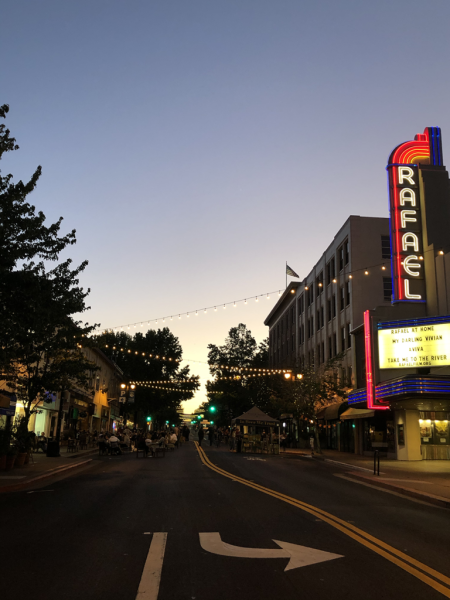


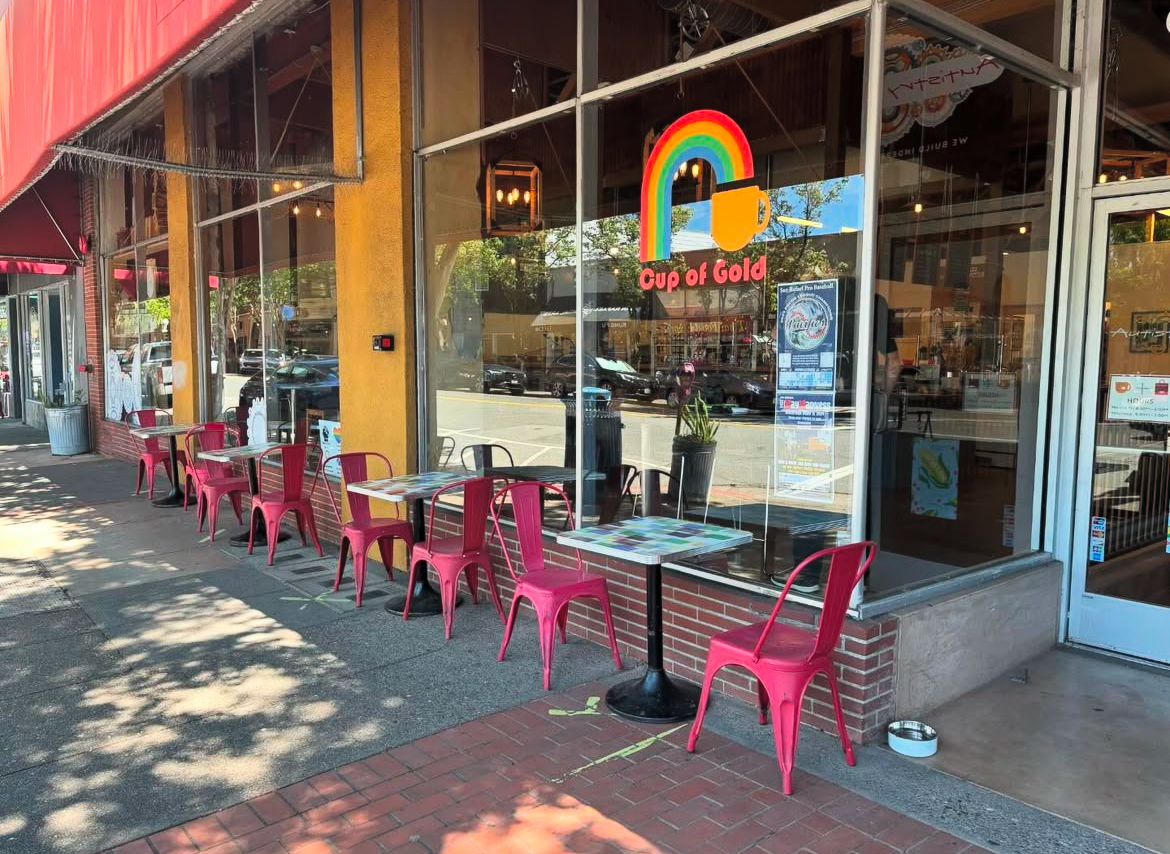

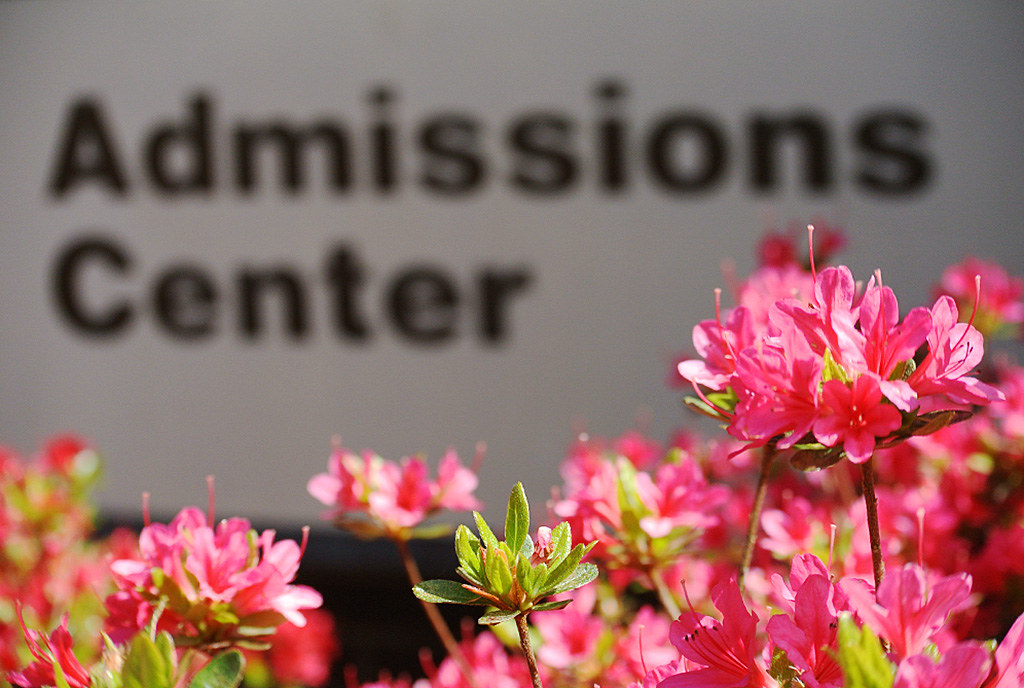
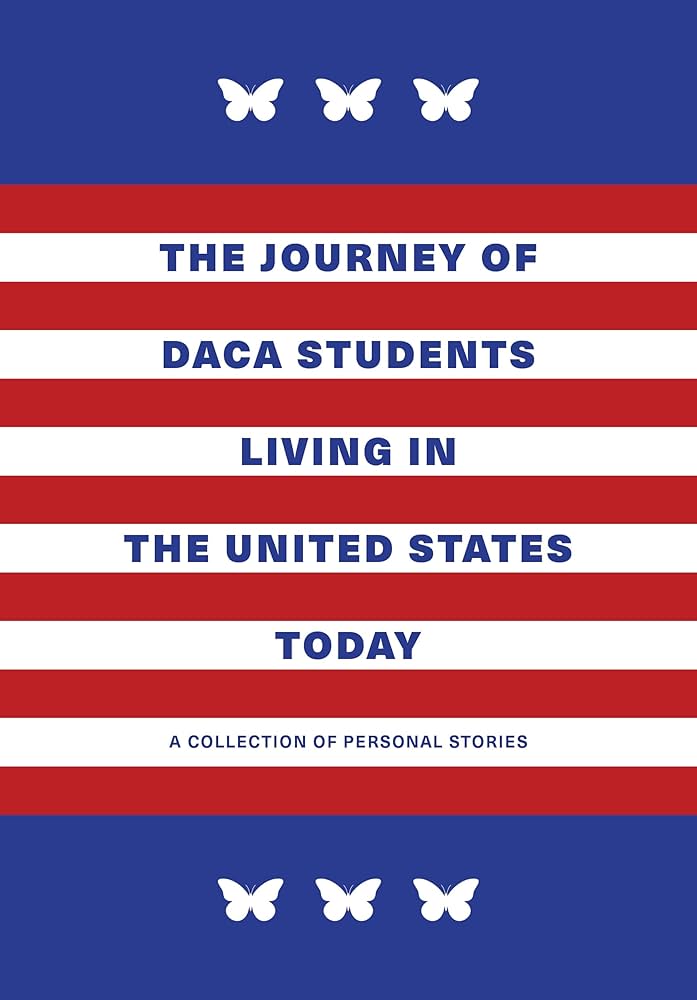
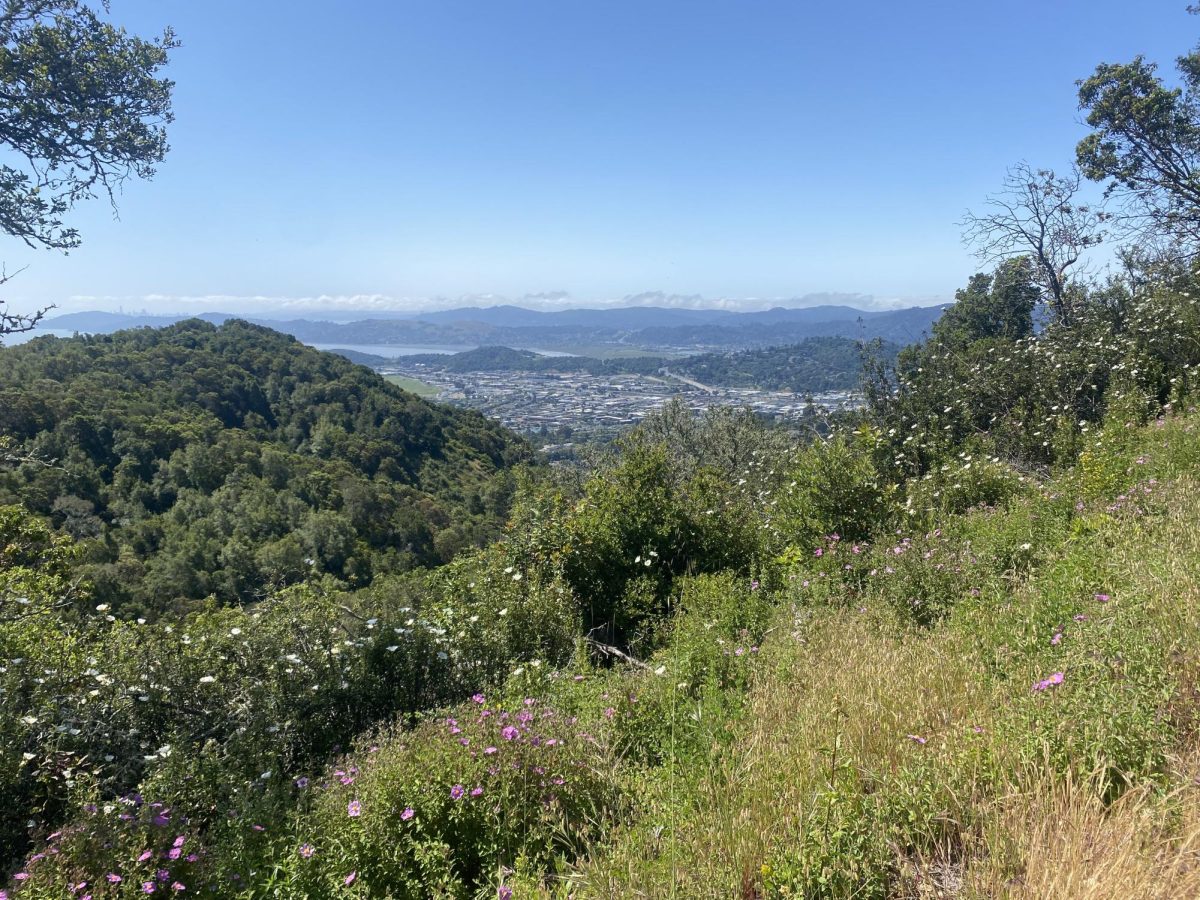



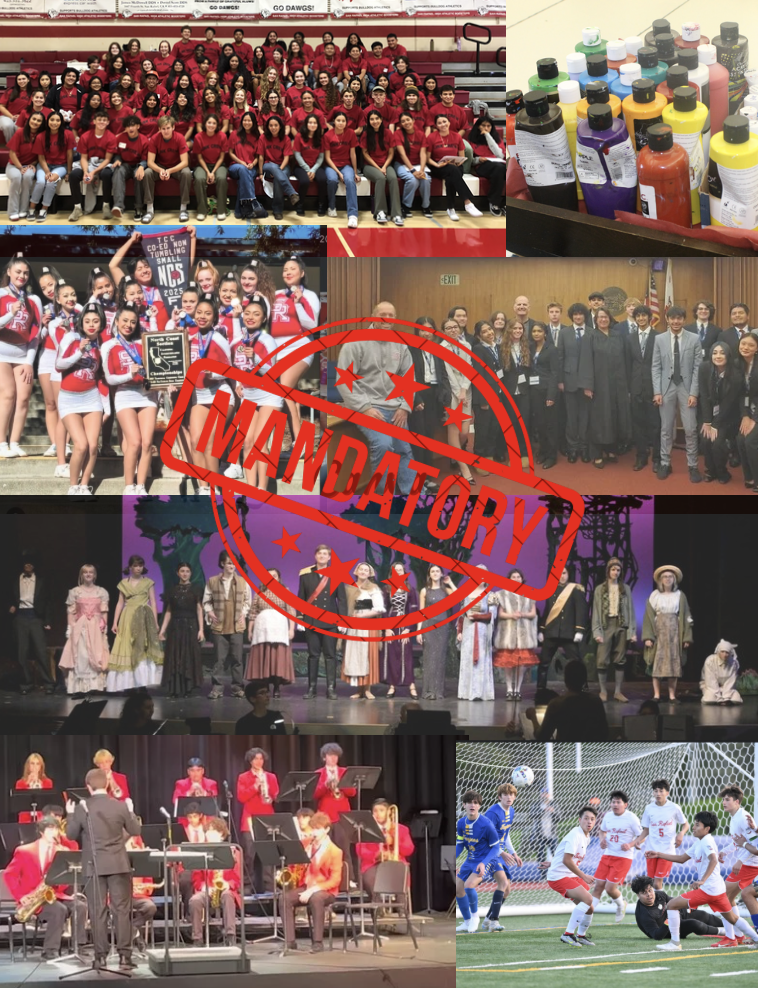
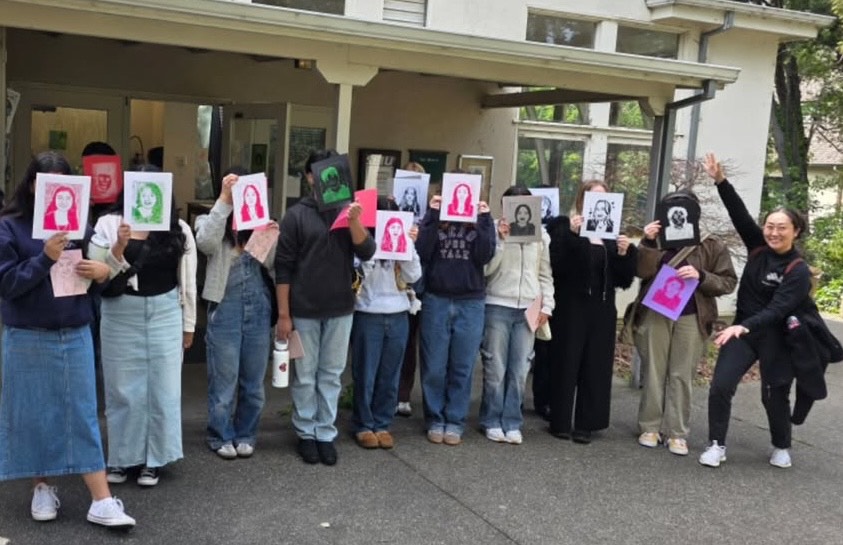

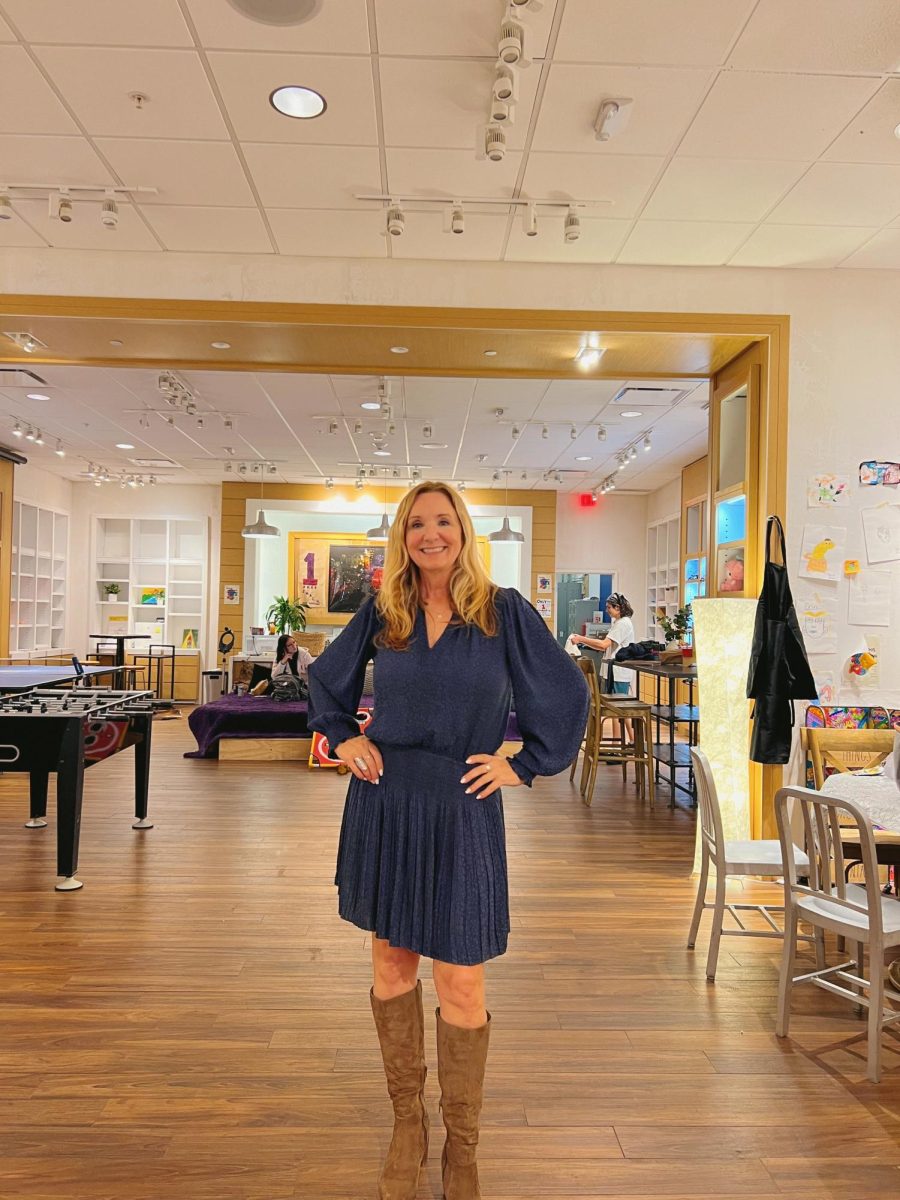





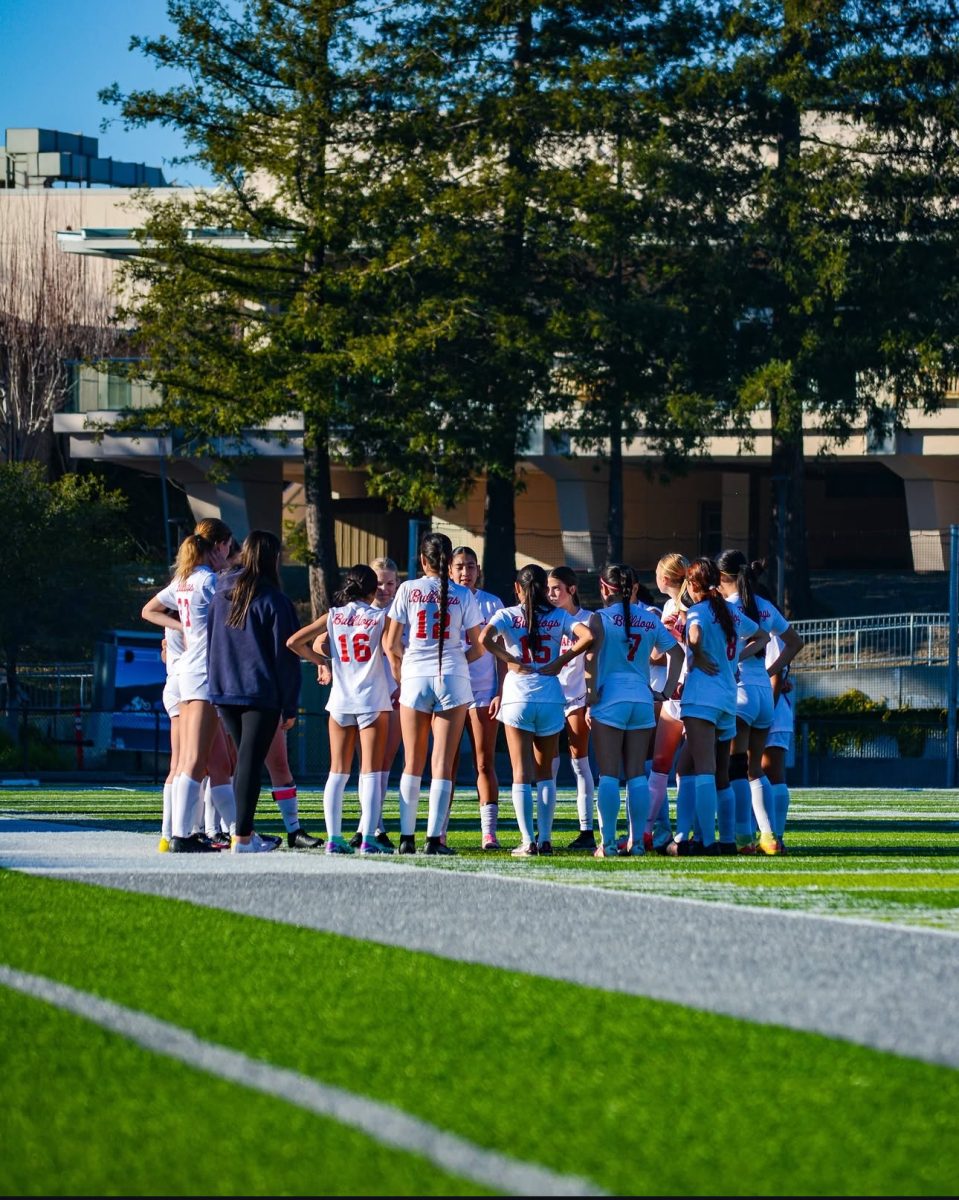
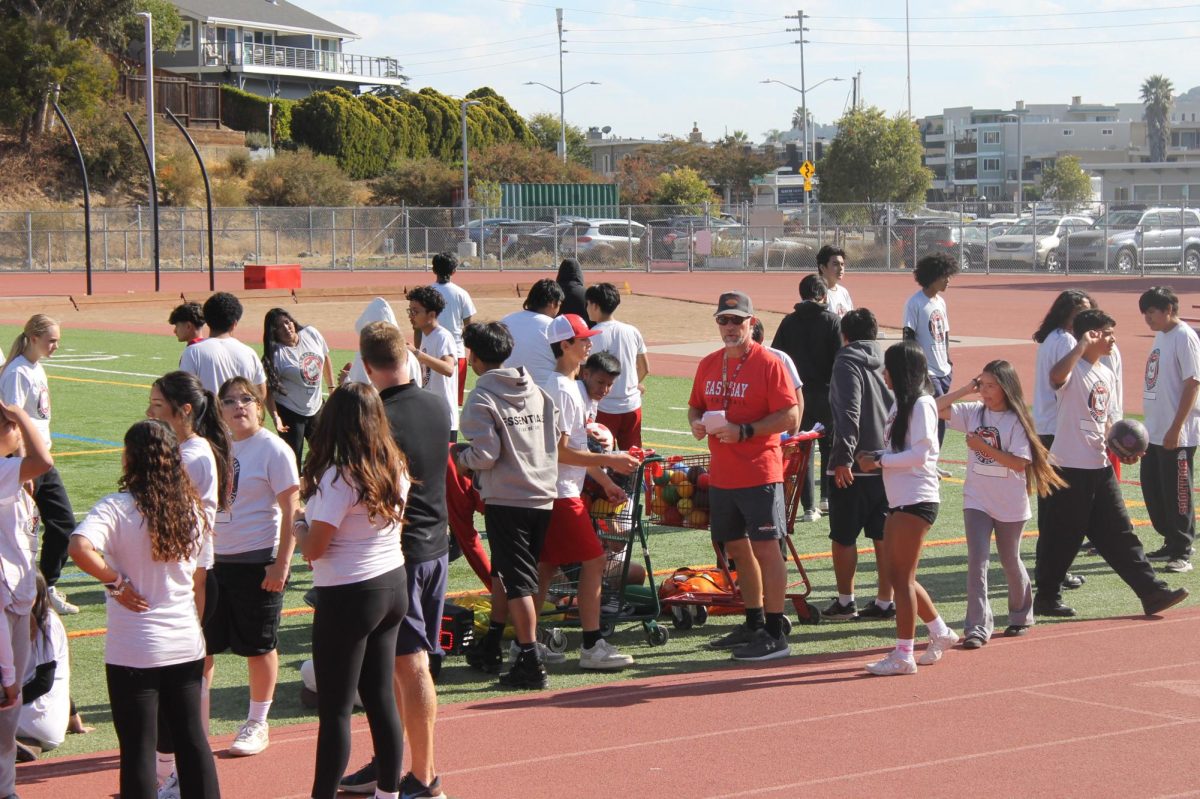

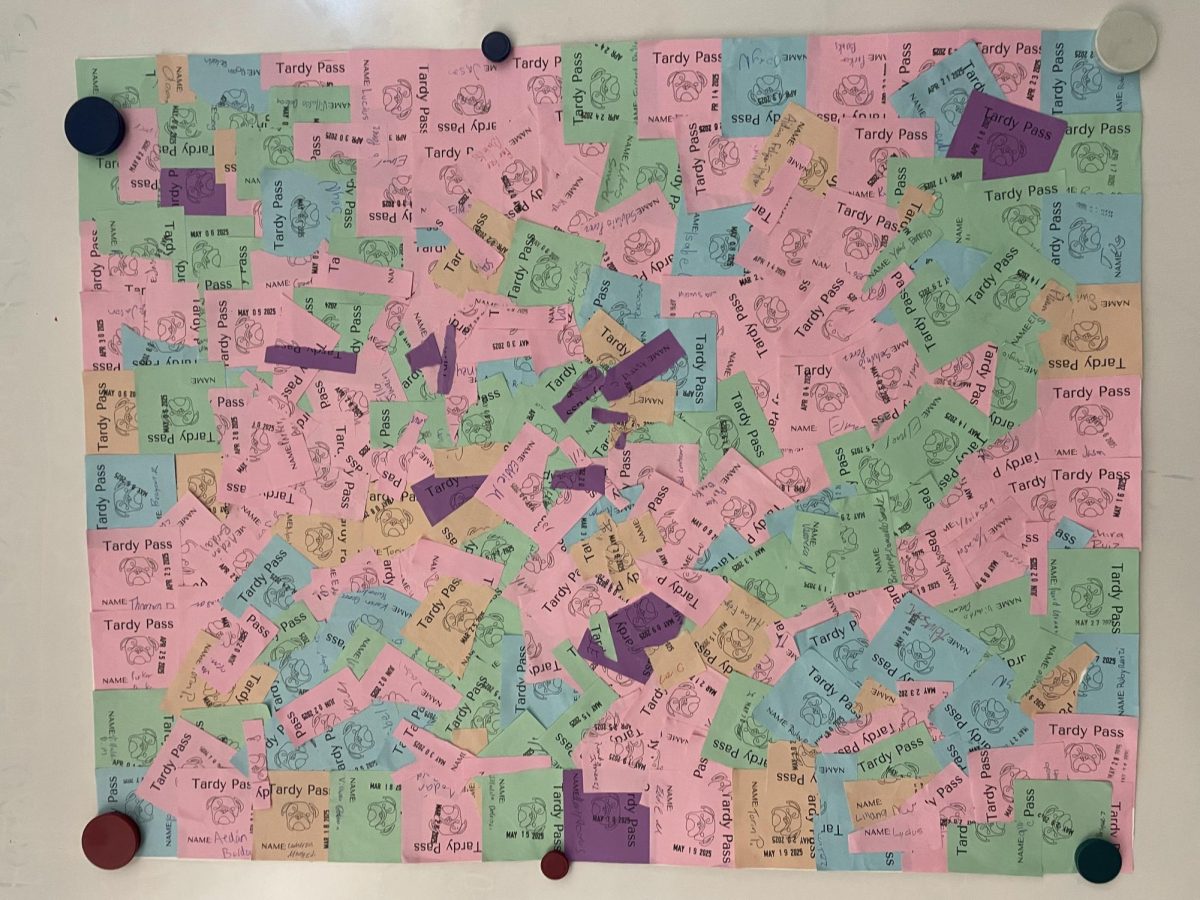
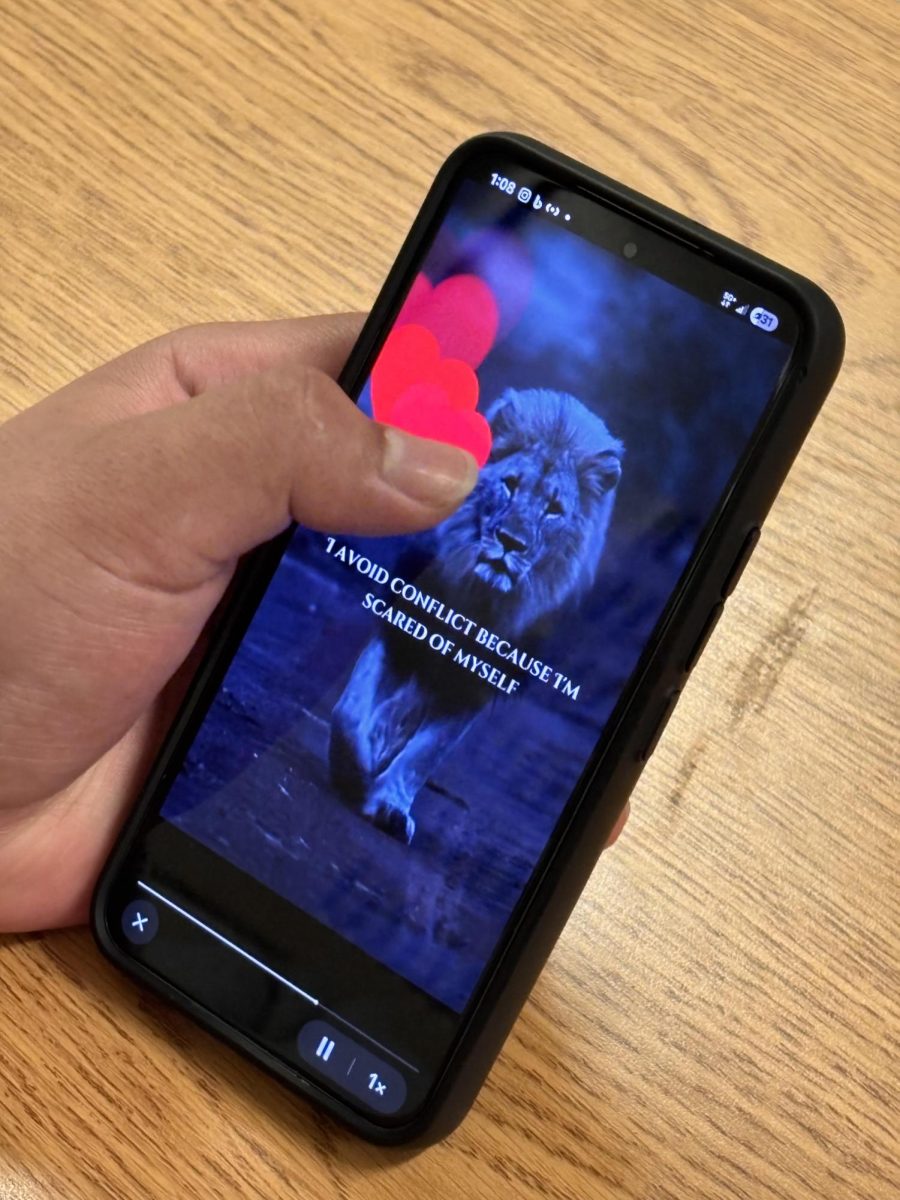
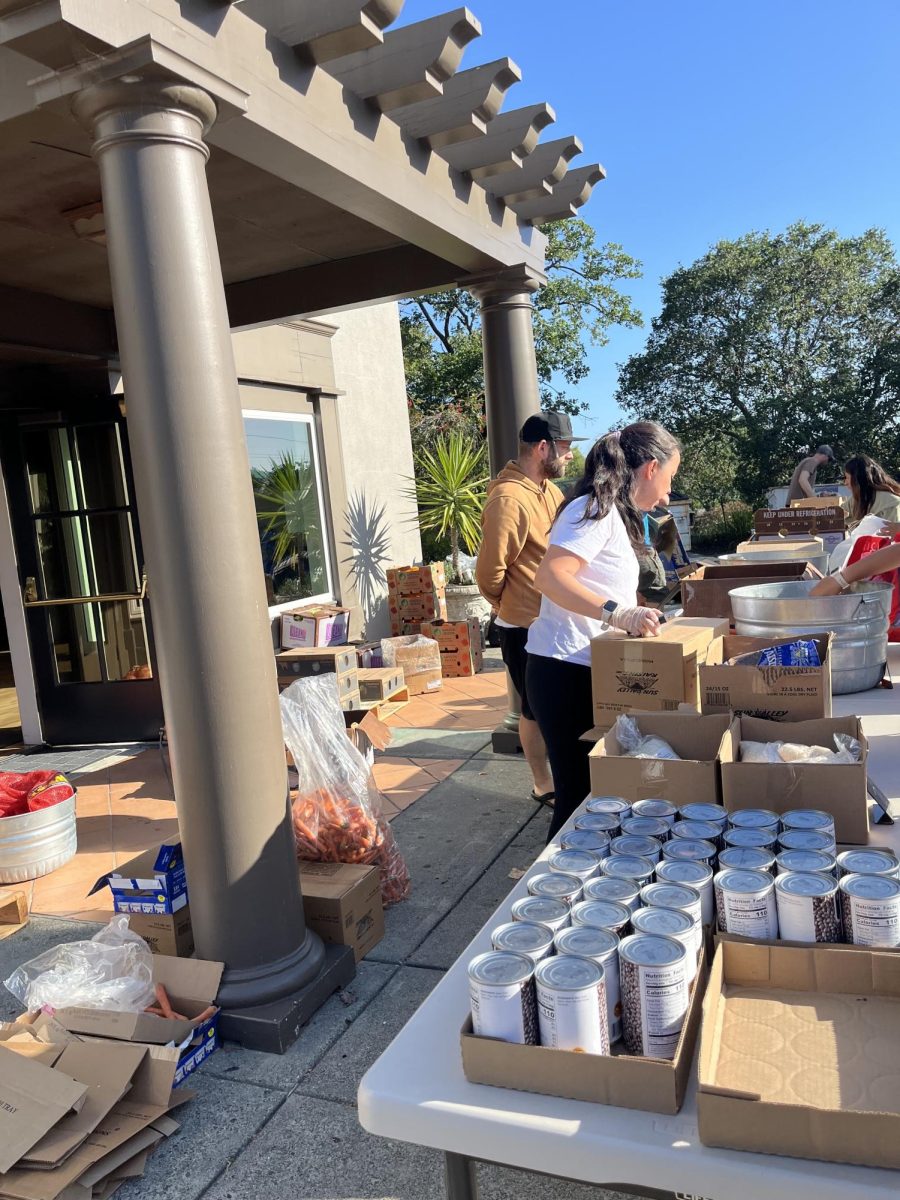


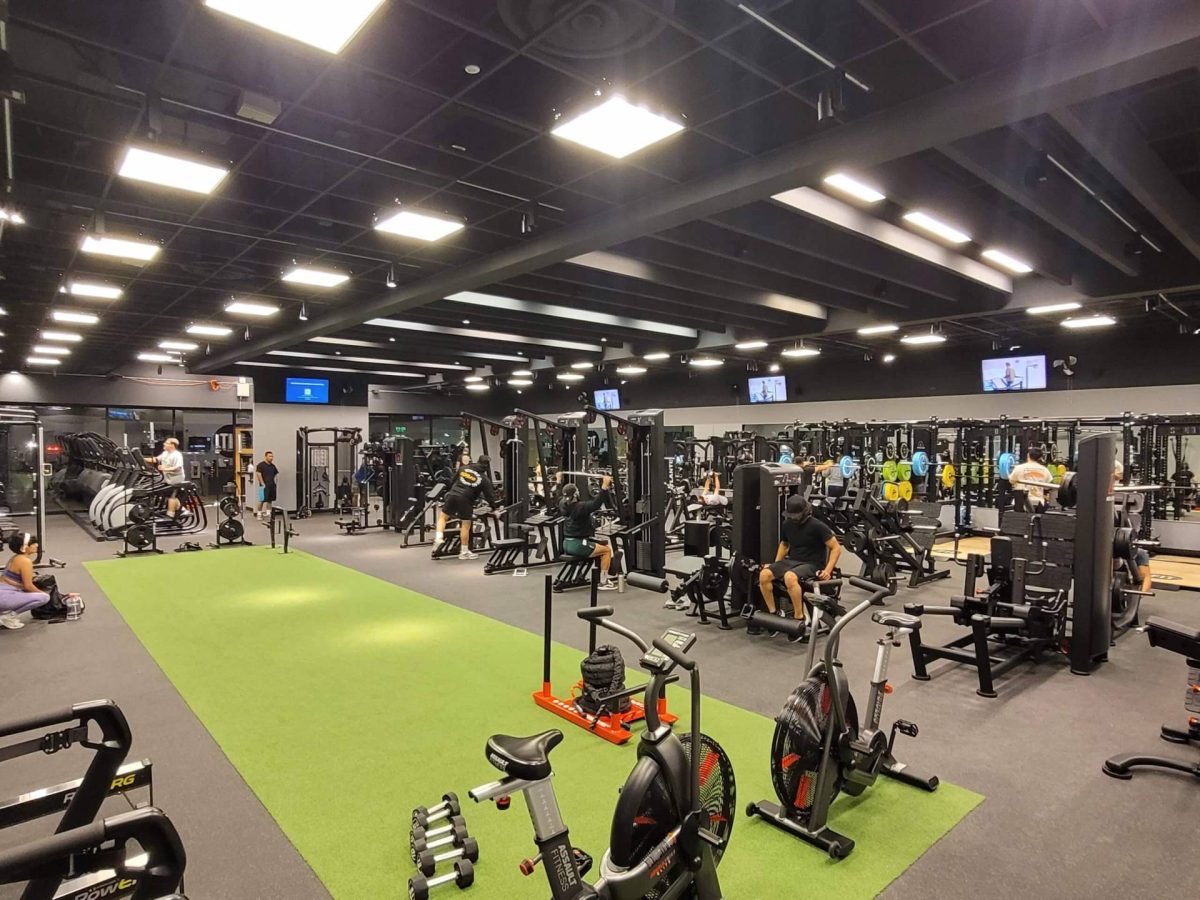
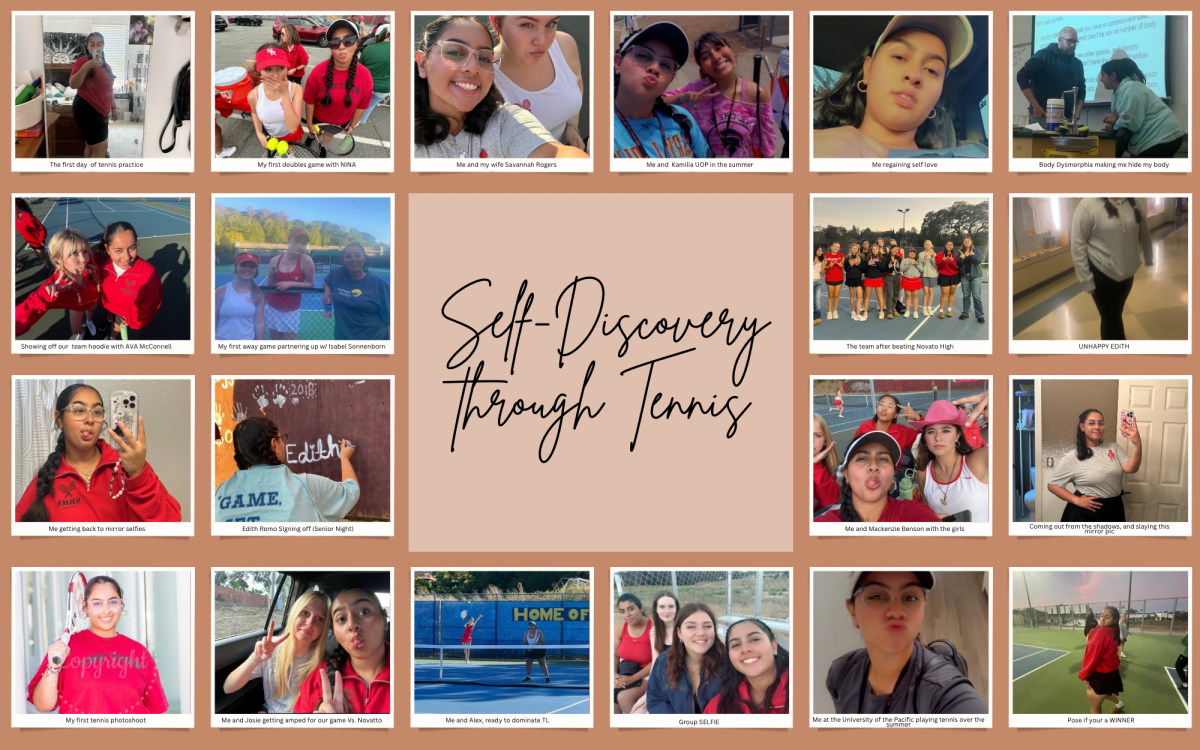
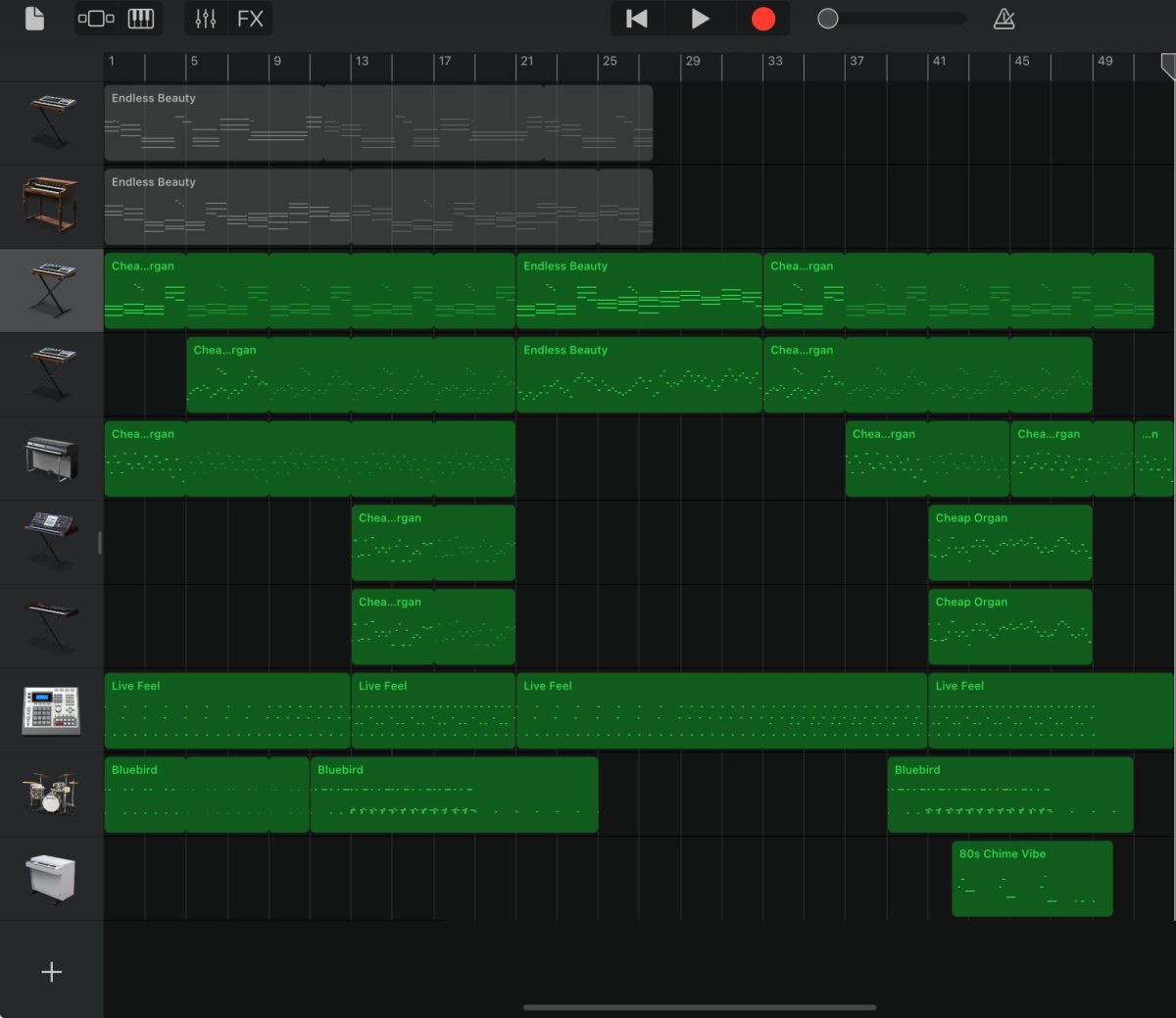


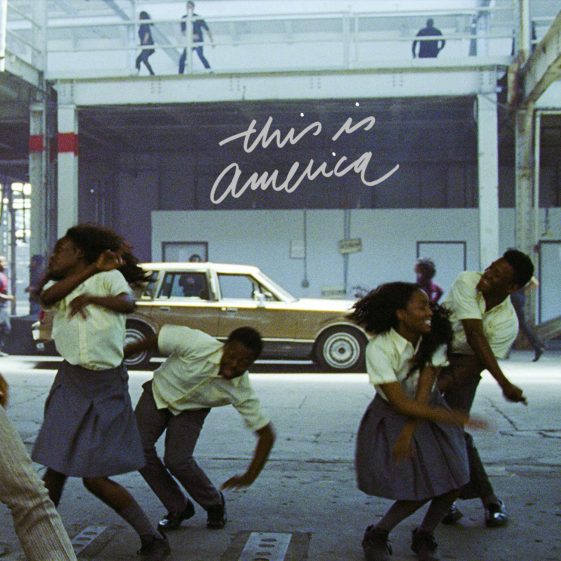

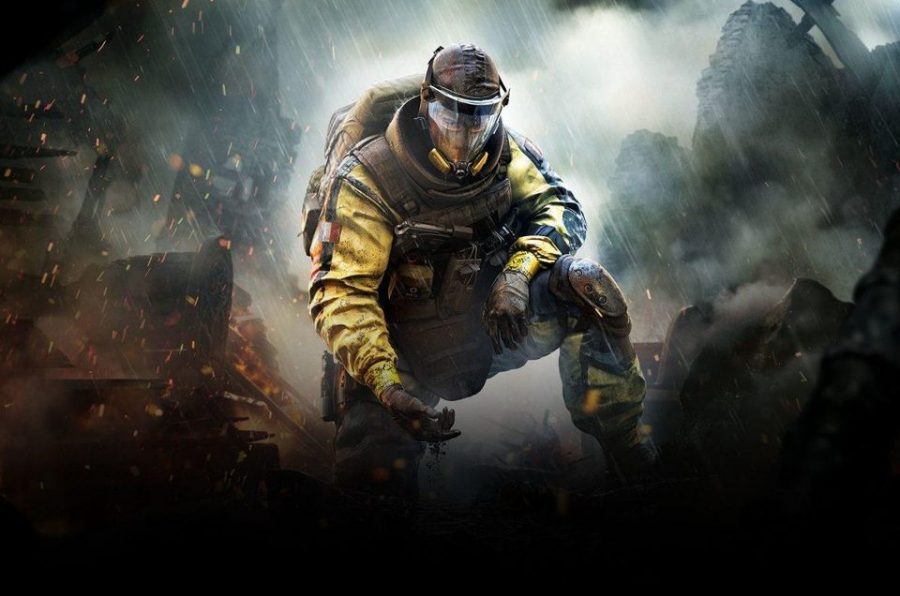

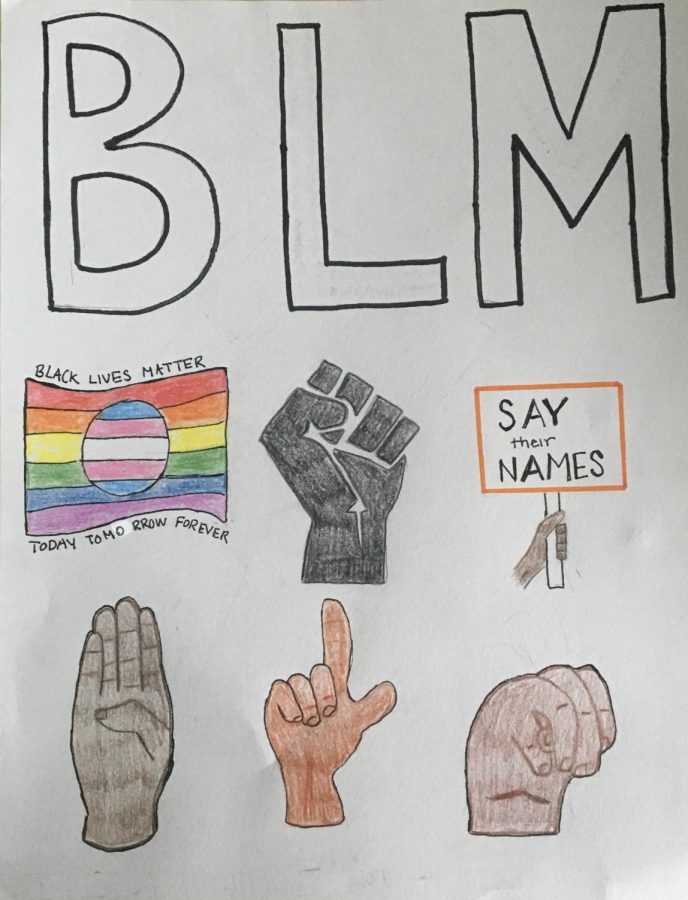
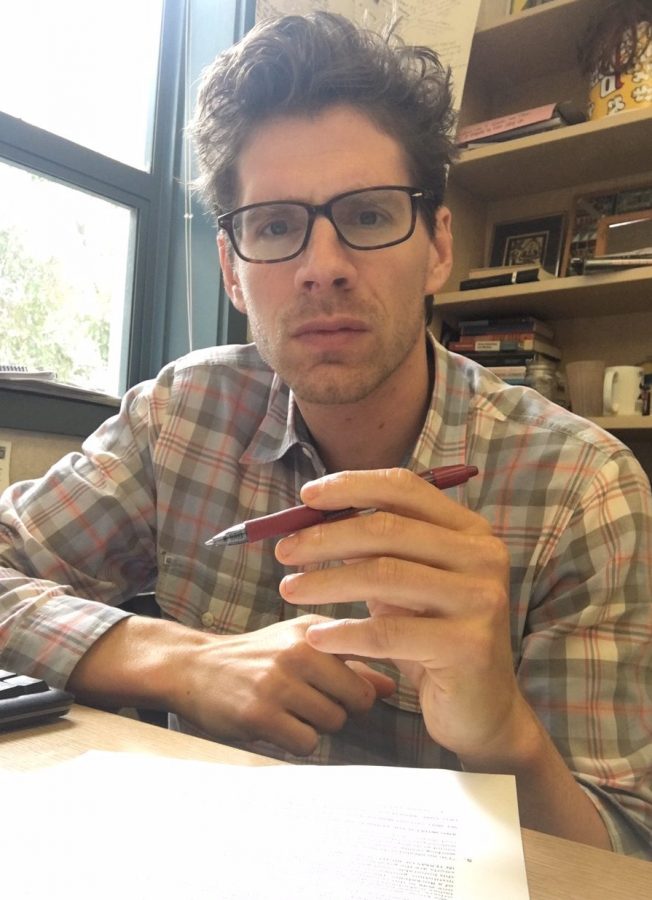
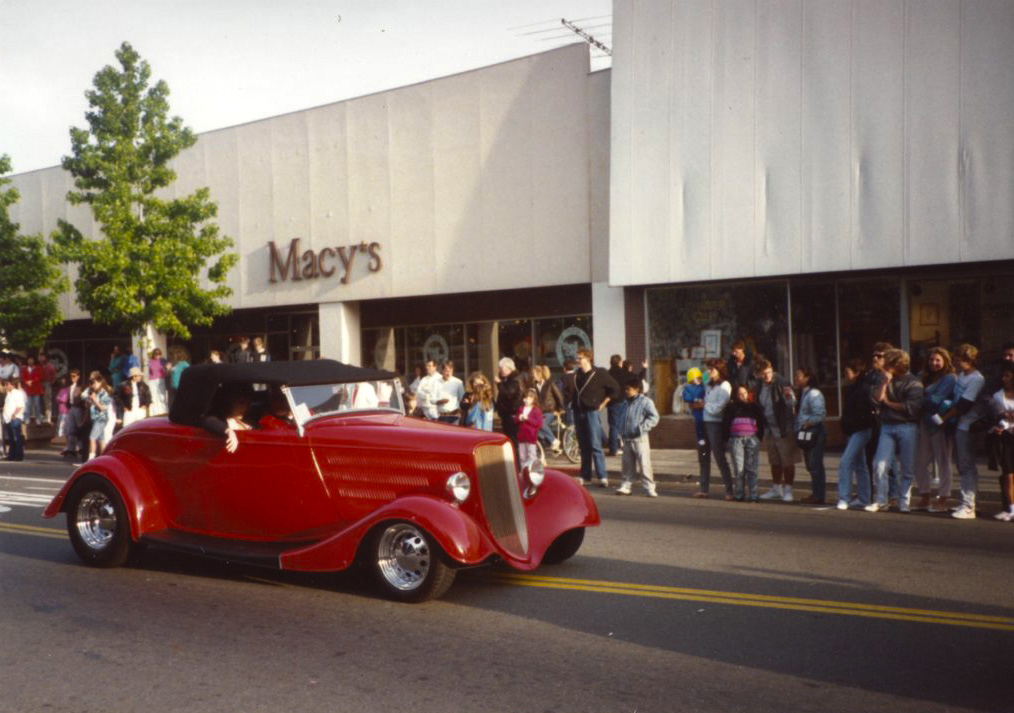

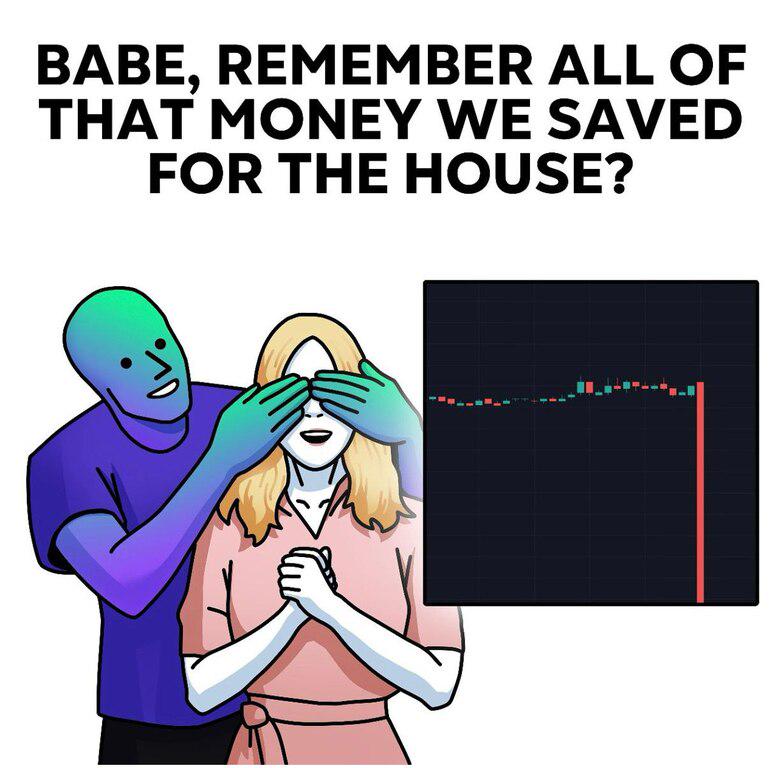





If you want to go to a movie. • Jun 4, 2025 at 6:38 am
Parking is not as convenient as the shopping centers. The 2 hour limit is impossible
Dupree • Jun 3, 2025 at 8:54 am
There is no nighttime vibe in San Rafael. It’s lame.
John kleimo • Jun 2, 2025 at 2:02 pm
If u graduated SRHS in 1962 your classmates family’s owned the whole town. McPhail, Deming, Bellach,Brusati, Blumenfeld, Litchfield, Kazaza(dress shop next to Raphael theater), Zapatini,Gerraghty, etc, etc